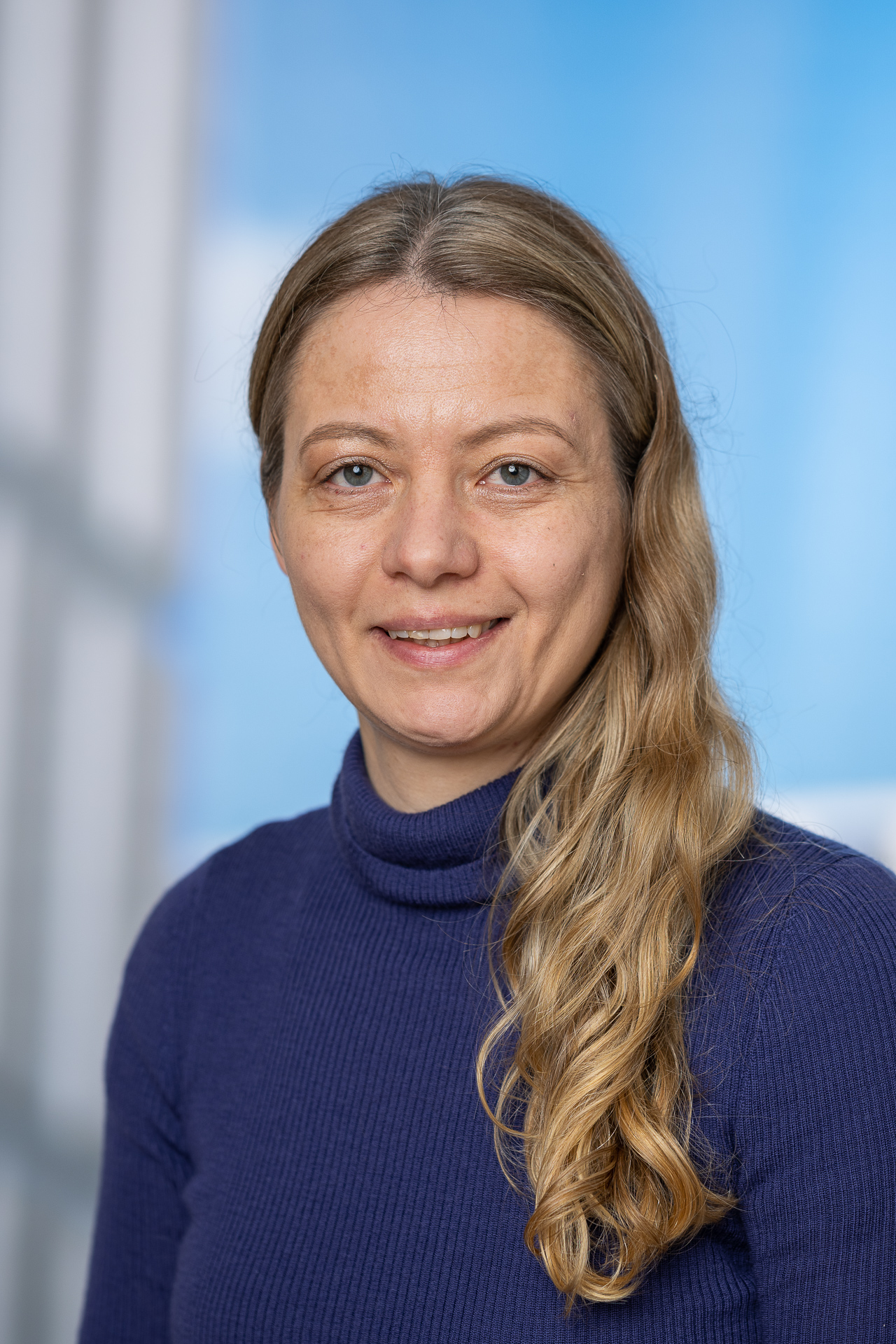Active tissue models with feedback
Abstract:
Epithelial tissues are one of the engines of development in multicellular organism, like during the gastrulation
process where the embryo turns inside out. This feat is performed by the active stresses generated by the
cytoskeleton, and cells coordinate their collective mechanics over large spatial distances.
My aim is to help unearth the general mechanism of activity and mechanics contributing to these processes. This
takes the form of microscopic models, composed of either particles or as a vertex model, where activity is added
as either a force crawling or as active stresses along cell junctions.
Even simple, uncorrelated polar active driving leads to an emergent correlation length that gives a
characteristically swirly spatiotemporal pattern to the cell flow. We confirm this with in-vitro epithelial tissues
and show that this mechanism also provides an explanation for the fingering fluctuations seen at cell sheet edges.
Feedback with the force exerted on the cells then leads to oscillations in confinement, part of what the ’selfalignment’
class of models.
In the early stages of gastrulation in the chick embryo, tissue deformation is driven by convergent-extension flows
where tissue flows through active T1 transitions, against the applied stress, with active stresses along junctions.
We develop an active element where catch-bond dynamics of actomyosin allows the junction to work as an engine
that can contract to a single point under applied stress. At the tissue scale, such elements coupled to a vertex
model enable active T1 transitions, which each contribute a discrete negative strain amount, thus acting like
element of an active metamaterial. We are able to simulate a whole disordered tissue patch and match
convergence-extension patterns to experimental flows from primitive streak formation.
About the speaker:
Silke Henkes is a theoretical soft matter and biophysicist. She received her PhD on the
statistical mechanics of granular materials at Brandeis University with Bulbul
Chakraborty in 2008. After one postdoc focusing on granular matter at Leiden
University, she switched to active matter during a postdoc at Syracuse University with
Cristina Marchetti. Her focus in constructing microscopic models of active solids and
liquids at high density, especially models of epithelial cell sheets such as vertex
models. This has given rise to ongoing collaborative work with Biologists on
developmental systems including gastrulation and the cornea of the eye.
After Lecturer positions at the University of Aberdeen and the University of Bristol,
Silke Henkes has been Associate Professor at the Lorentz Institute, Leiden University
since 2022.
This year, the physics colloquium has a new format:
- Onsite at Campus Limpertsberg, where you will have the opportunity to meet the speaker over the lunch. A catering is offered only to registered participants at 12:00 in the main BSC hall. Please register before 3 May 2024.
- Online – through Webex – to allow you to listen to the talk in case you are travelling or cannot make it on-site at Campus Limpertsberg. Meeting number (access code):2795 295 1560. Meeting password: CMyvSkV3n36 .
